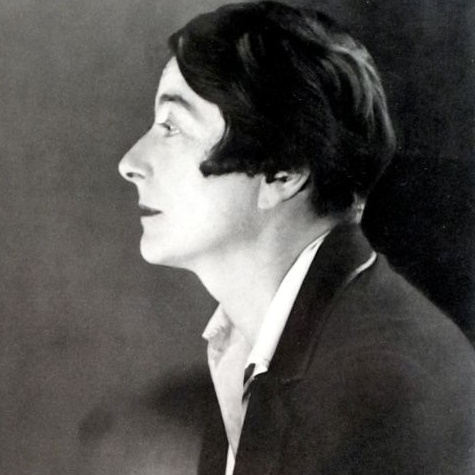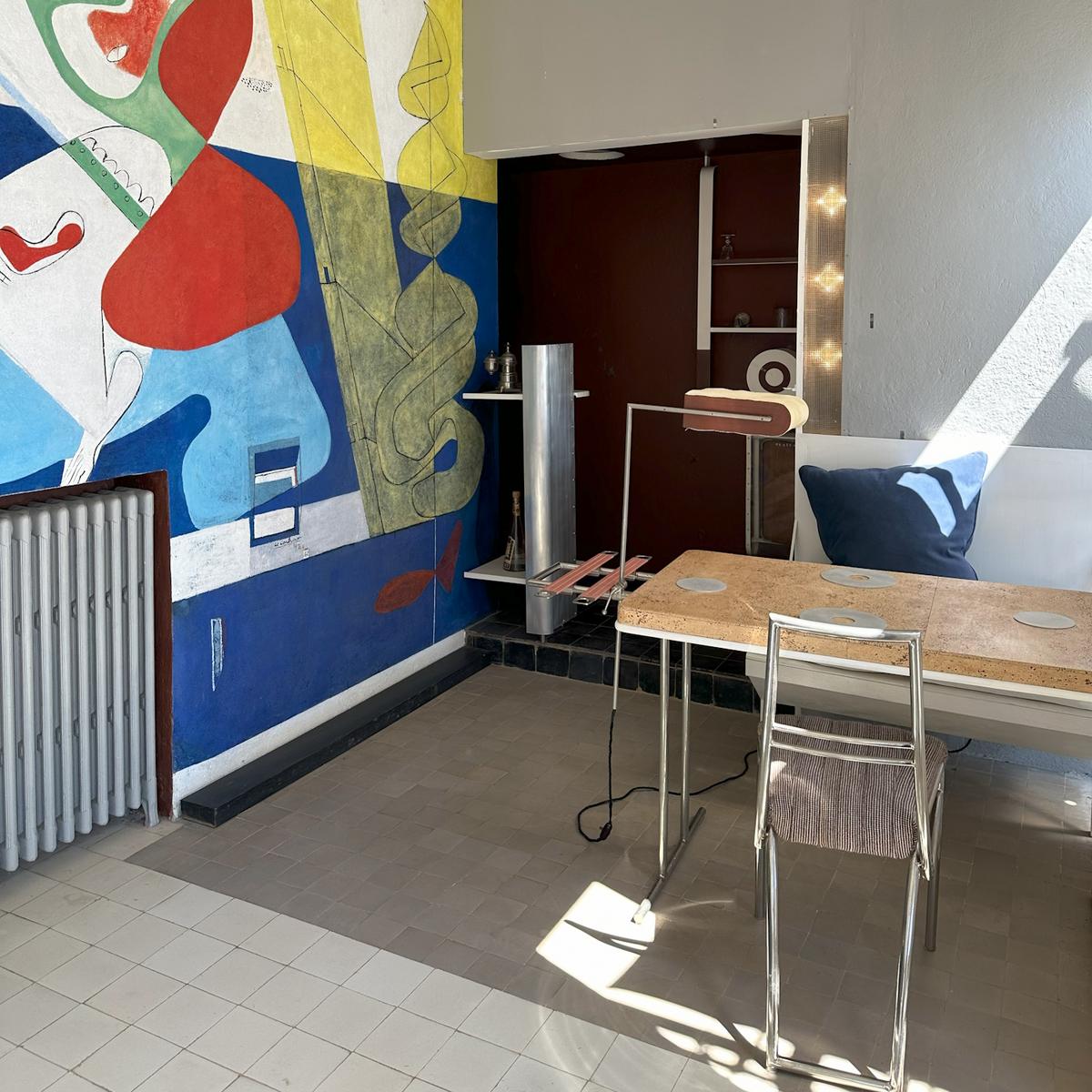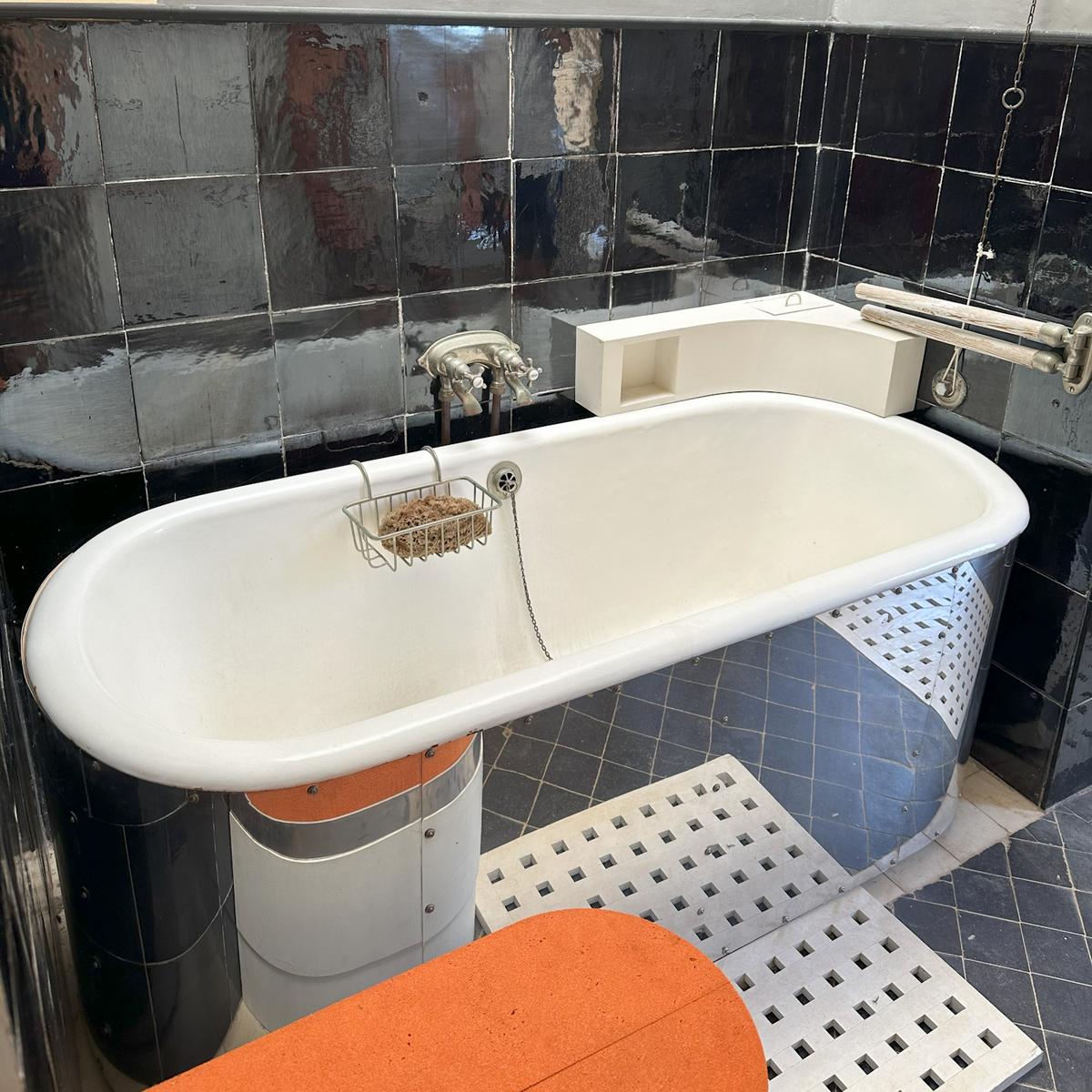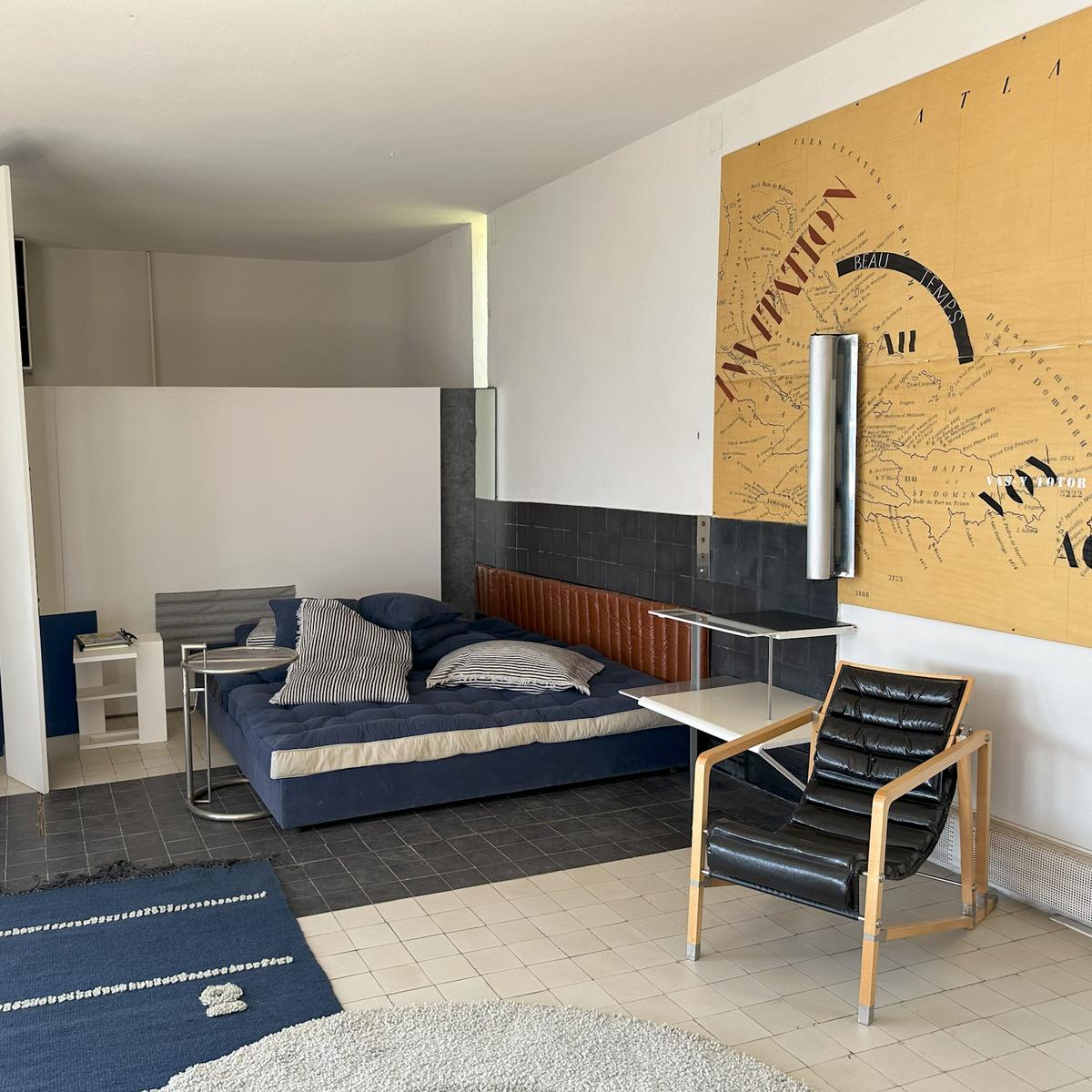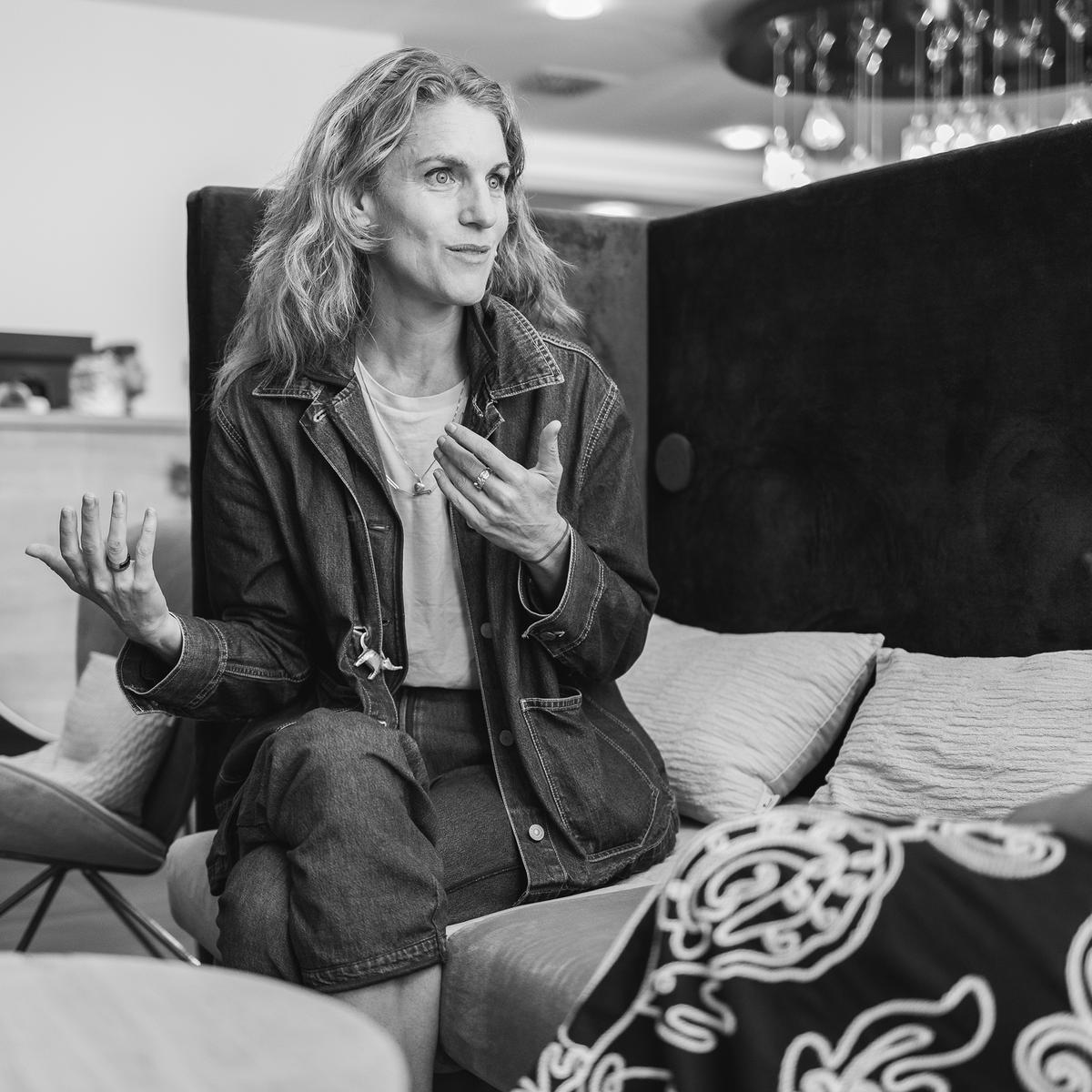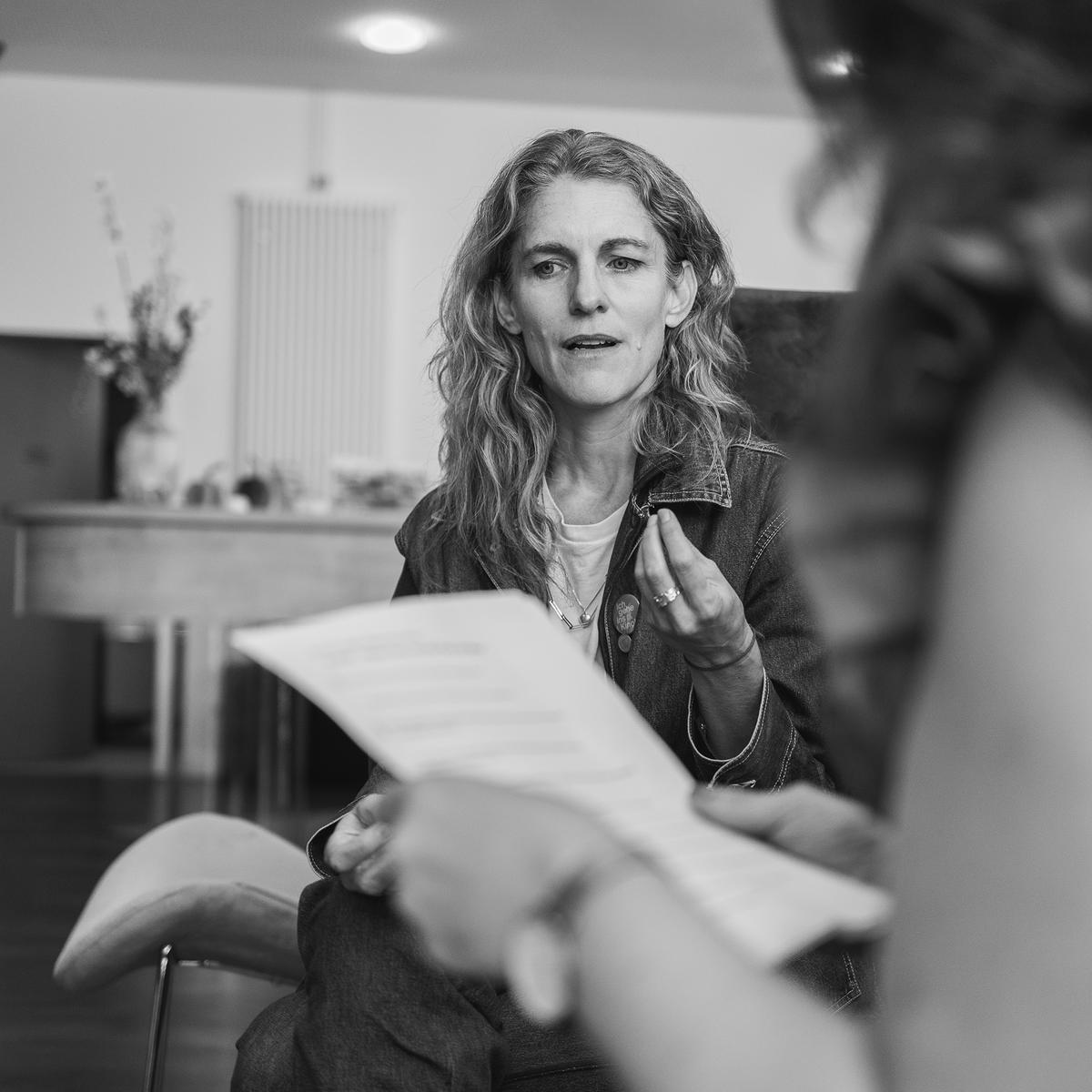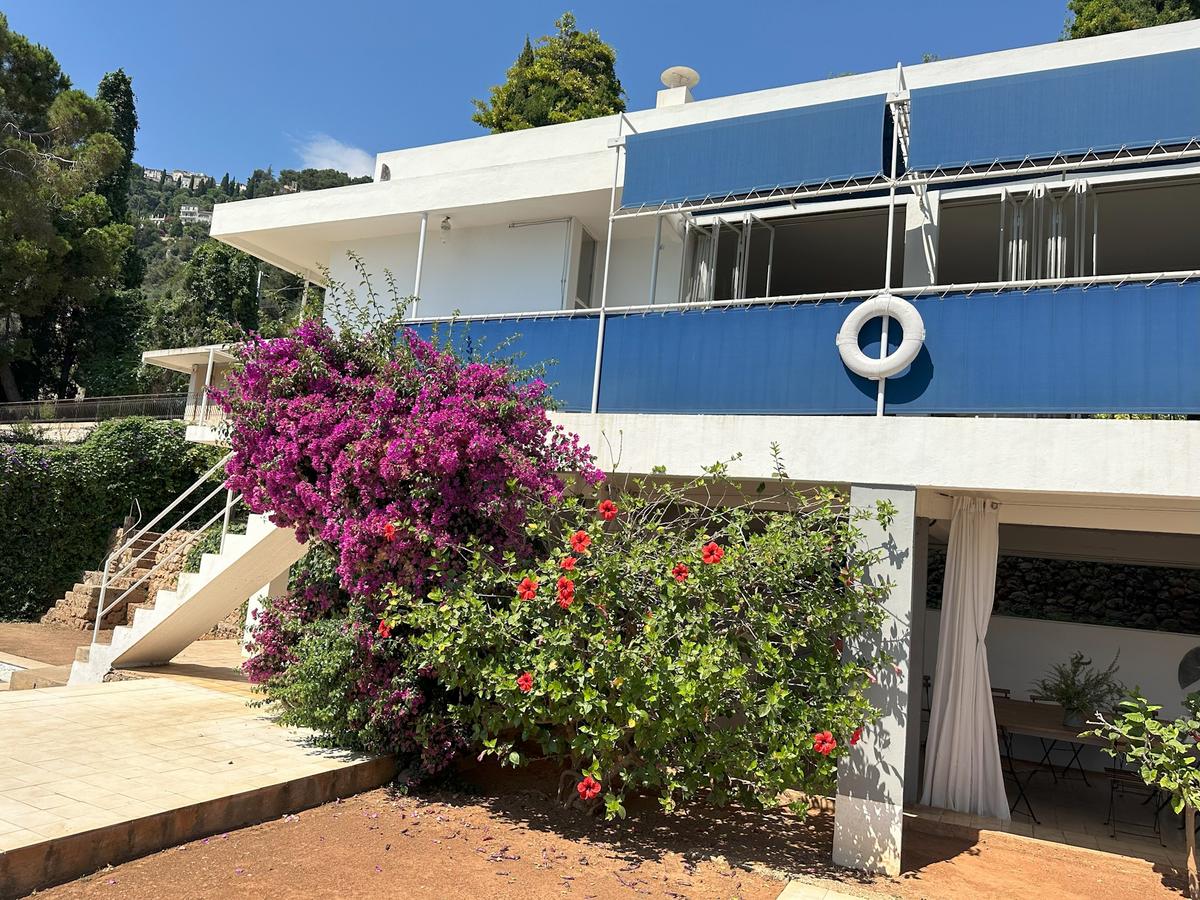...Eileen Gray - Bard Graduate Center Gallery Online In 2020 the Bard Graduate Center Gallery, New York, staged an exhibition of the work and life of the Irish/French designer and architect Eileen Gray; an exhibition which, invariably in 2020, not only found its run limited, but also couldn't be viewed by as international an audience as Eileen Gray deserves... In addition to detailed discussions on projects and works by Gray both well known and less well known, discussions primarily undertaken through concise texts and copious photographs, Eileen Gray @ the Bard Graduate Center Gallery Online also provides for a very succinct, if both thorough and broad, introduction to the person Eileen Gray and her biography; even if it is missing the story about Eileen Gray and Marisa Damia cruising the boulevards of 1920s Paris in Damia's convertible and with Damia's pet panther on the back seat...























